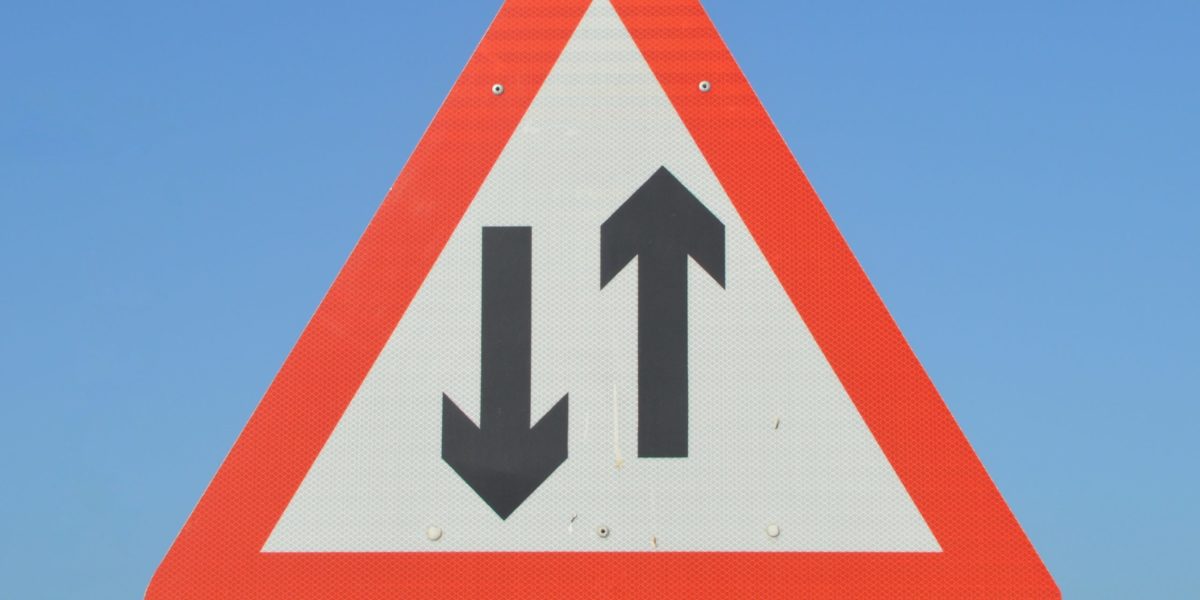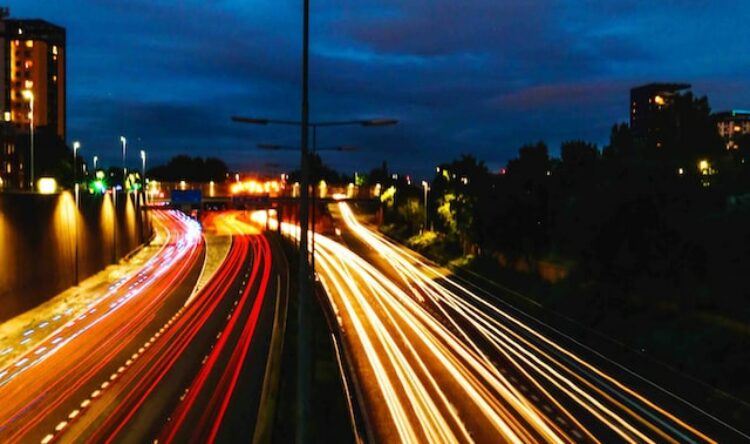Road signs of the times
Bringing in safer roadside furniture
Is it time to replace our road signs?
RoadPeace is calling for traditional road signs to be replaced with more passive, safer structures. The idea is based on the Institute of Highway Engineers’ Sign Structures Guide 2021. This is a bid to minimise the damage caused to a vehicle and its occupants in the event of a crash.
Redesigning road safety
The charity for national road victims believes too many people are suffering the consequences. It says it is supporting ‘far too many families’ devastated by the loss of loved ones killed in collisions with sign posts, along with trees and lamp posts.
The Institute of Highway Engineers that vehicles colliding with such structures suffer serious structural damage. The guide provides important analysis and recommendation. During a high-speed impact, even if the car remains relatively undamaged, the forces on the internal organs of vehicle occupants can cause fatal or serious injuries, despite the use of seat belts and air bags. The structures are too solid, inflexible and unnecessary on modern roads.
Actively making a difference
Modern, passive sign posts are made in either aluminium, steel or glass reinforced plastic (GRP). They have either high-energy, low-energy or non-energy absorbing qualities, reducing the risk of injury to vehicle passengers in a collision.
“There are too many objects at the roadside,” says Nick Simmons, CEO of RoadPeace. “Traditional poles and posts can have a serious adverse impact on vehicle passengers in a collision, so RoadPeace strongly supports the use of passive sign posts and masts.”
Proven and protective
One producer of passive sign posts is Varley and Gulliver. Their structures shear or breakaway following a vehicle impact. The company agrees that such designs have an important role to play in road safety. They both reduce road casualties and the severity of injuries.
Stacy Willis, solutions manager at Varley and Gulliver, is “proud” of their work in this field. While they can support large, heavy road signs, they “break off safely if a vehicle collides with them, thus reducing the impact for the driver and other passengers.”






